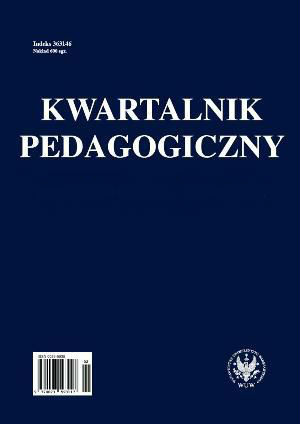ARETE OKRESY KLASYCZNEGO
Classical period Arete
Author(s): Elżbieta KukułaSubject(s): Education
Published by: Wydawnictwa Uniwersytetu Warszawskiego
Keywords: arete; pedagogika antyczna; paidea; Platon
Summary/Abstract: The article discusses in detail the concept of arete in ancient pedagogic thought. It is shown how from relatively simple concepts about arete, more complex definitions of this concept evolved. We learn what it meant to the sophist, who preached they were teachers of arete. Their contribution to shaping Greek paidea is presented, as shaping of the character of youth in world values. Two variant concepts of Protagoras and Gorgias are discussed. Next,a profile of Socrates and his battle with the sophist for true arete is consedered as a primary category for all educational activities. The second part of the article is a datailed analysis of the Platonic and very complex understanding of this concept. The Platonic arete is composed of five individual arete, which are:sophrosyne, andreia, sophia,dikaiosyne, hosiostes. In his numerous dialogues, Plato asked many times what the individual arete are, what distorations endanger each of them and what are the interrelations between them. Despite the fact that we will not find satisfactory definition in any singular dialogue, a synthetic analysis of these texts allows us to establish what each arete is and what complex interdependencies exist among them in the human soul, to able to say that given person possesses arete. Finally, the Platonic defenition of education is analyzed, which explicity differenties education as the molding of a human personality based on values and teaching as preparation for given profession. this definition is equivalent to the Greek term paidea, or culture consciously understood to be the ideal of human perfection. This ideal was an integration of the singular arete into a harmonized whole within a human permitting them to be a complete human being.
Journal: Kwartalnik Pedagogiczny
- Issue Year: 190/2002
- Issue No: 3-4
- Page Range: 23-48
- Page Count: 26
- Language: Polish
- Content File-PDF

